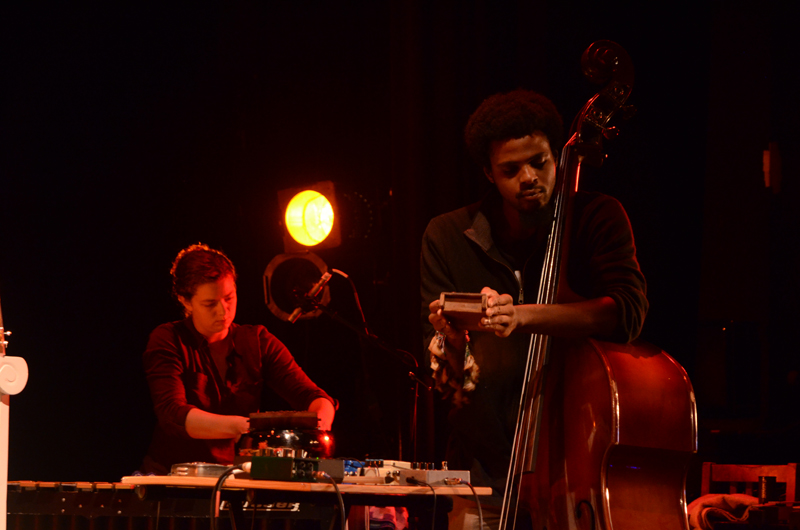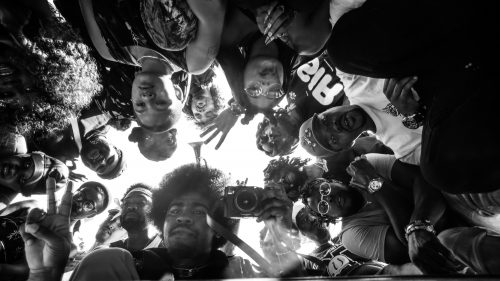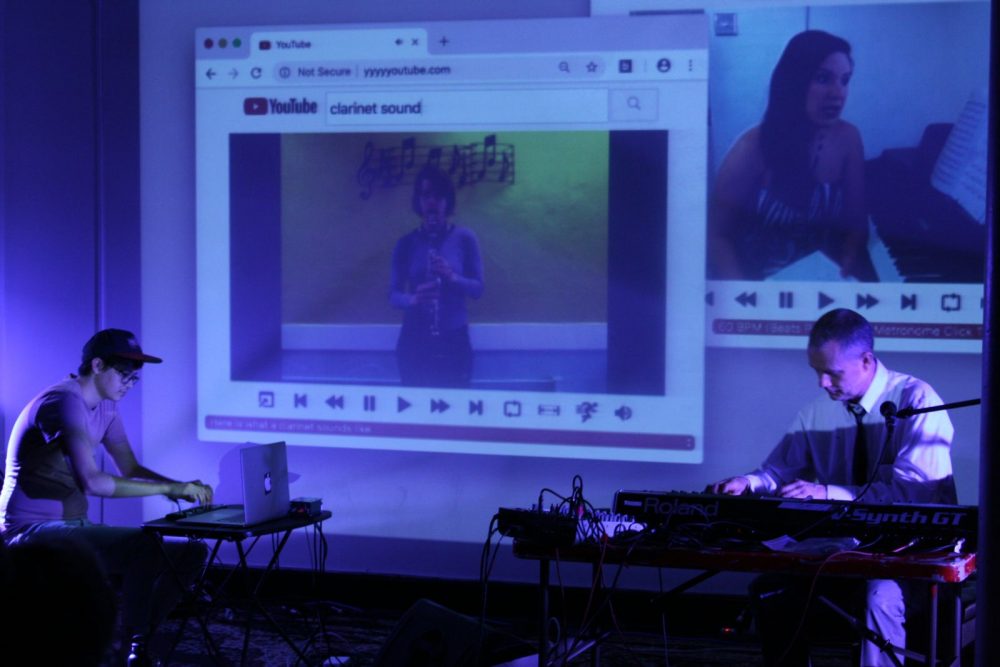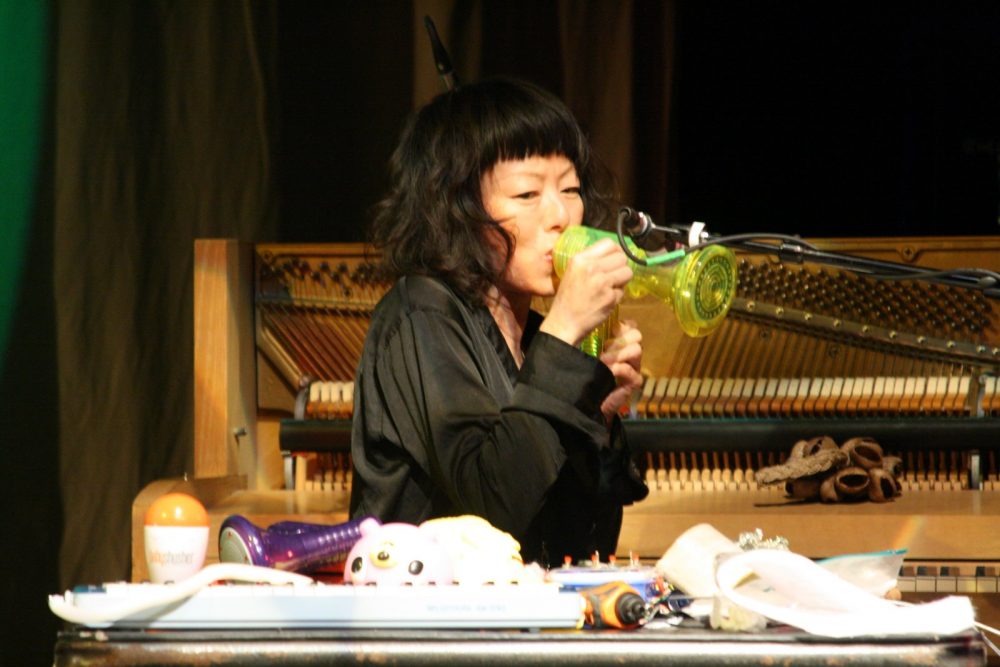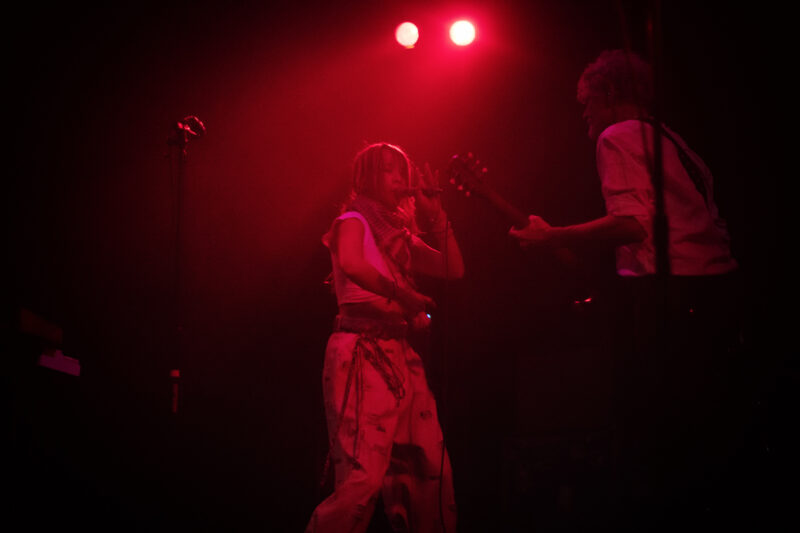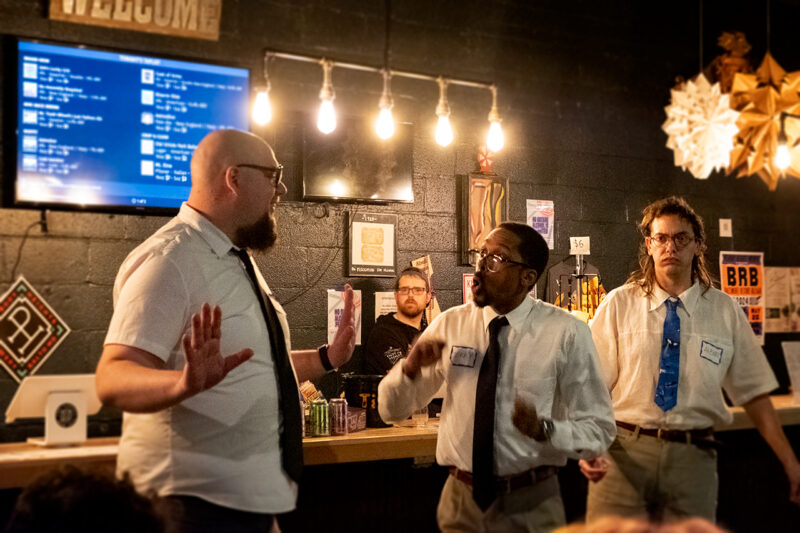For the first time in its 22-year history, the High Zero Festival of Experimental Improvised Music will not be bringing artists and musicians from around the world to Baltimore to share a stage with local artists and musicians just to see what happens—for the obvious pandemic reasons. As with so many other art, film, music, and stage endeavors this year, High Zero is going virtual, collaborating with similarly minded artists and festivals in Chicago, Santa Fe, and Seattle to curate a streaming event starting this week on the festival’s Twitch channel.
“I often say that 80 percent of art-making is solving problems in interesting ways,” says Martin Schmidt, one-half of Baltimore’s electronic duo Matmos and a member of the High Zero Foundation that organizes the festival. By January, the organization—which, in addition to Schmidt, includes Andrew Bernstein and Owen Gardner of the band Horse Lords, composer/producer CK Barlow, saxophonist Rose Hammer Burt, composer Samuel Burt, saxophonist Jamal Moore, percussionist Paul Neidhardt, percussionist Shelly Purdy, artist/filmmaker Jimmy Joe Roche, artist/educator Bonnie Jones, electro-acoustic composer/performer Jeff Carey, and artist/musician John Berndt—had finalized a group of local and international musicians and sent out invites. Over the spring and summer, they would start finalizing travel plans and housing arrangements, volunteer schedules for working the festival and picking up people from the airport, designing and printing posters and other advertisements, and so on. (Note: in previous years, I’ve volunteered for the festival.)
By June, they realized that this year’s festival couldn’t proceed as usual. “Like many people, in March we believed by September things would be fine,” Schmidt says. “We had already invited a full roster of people from around the world. Of course, by midsummer we sent all those people emails that said, OK, this is clearly not going to happen.”
